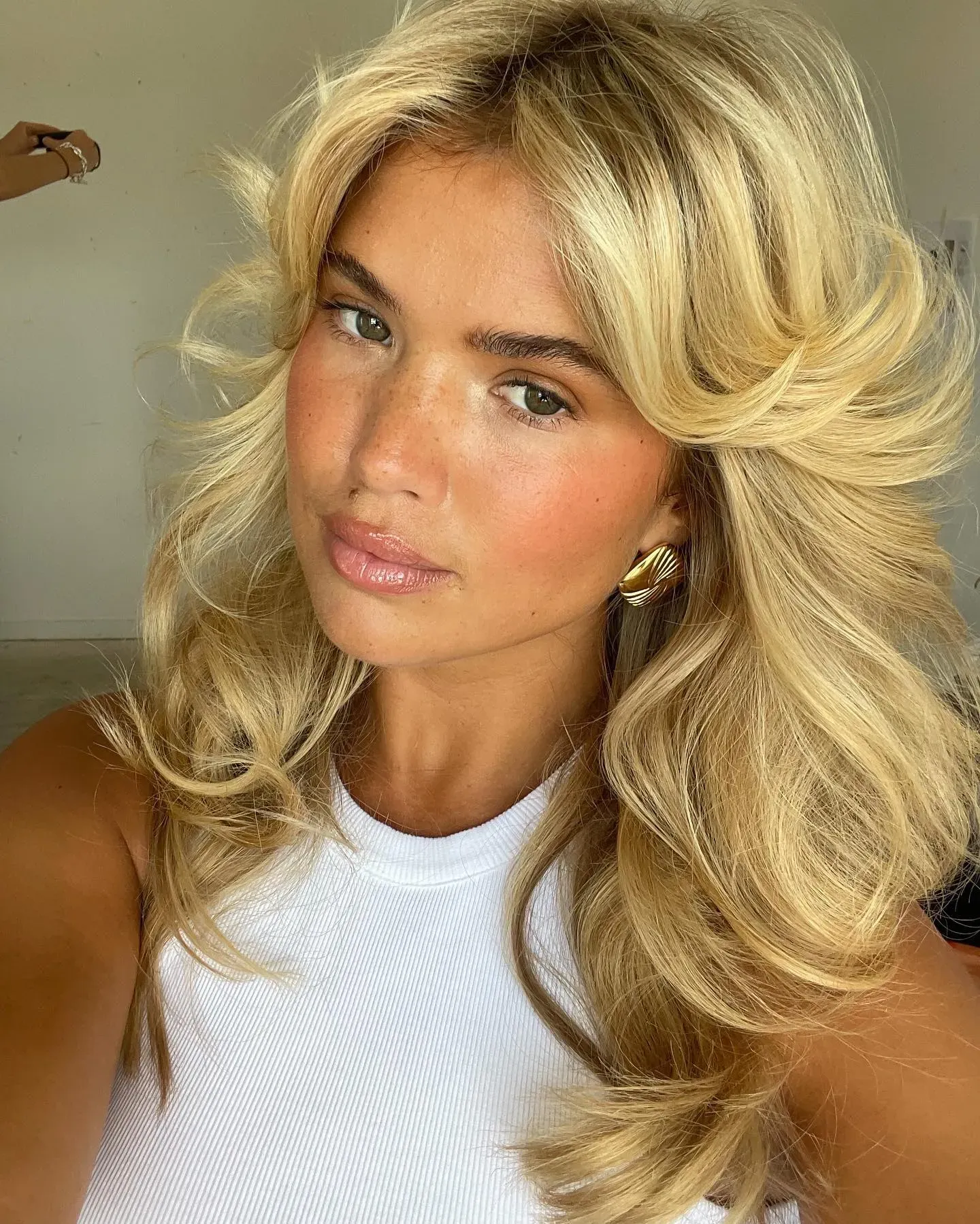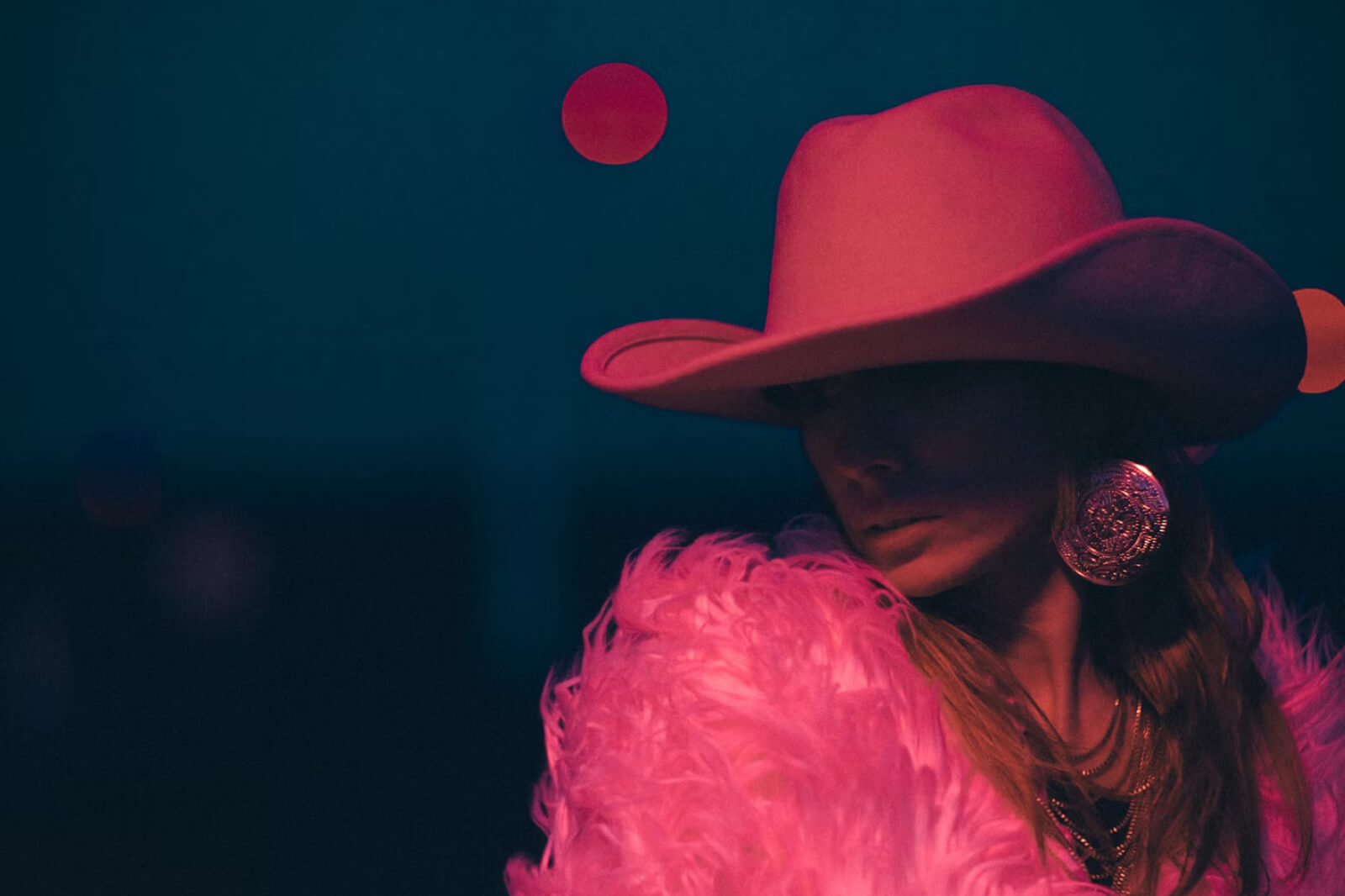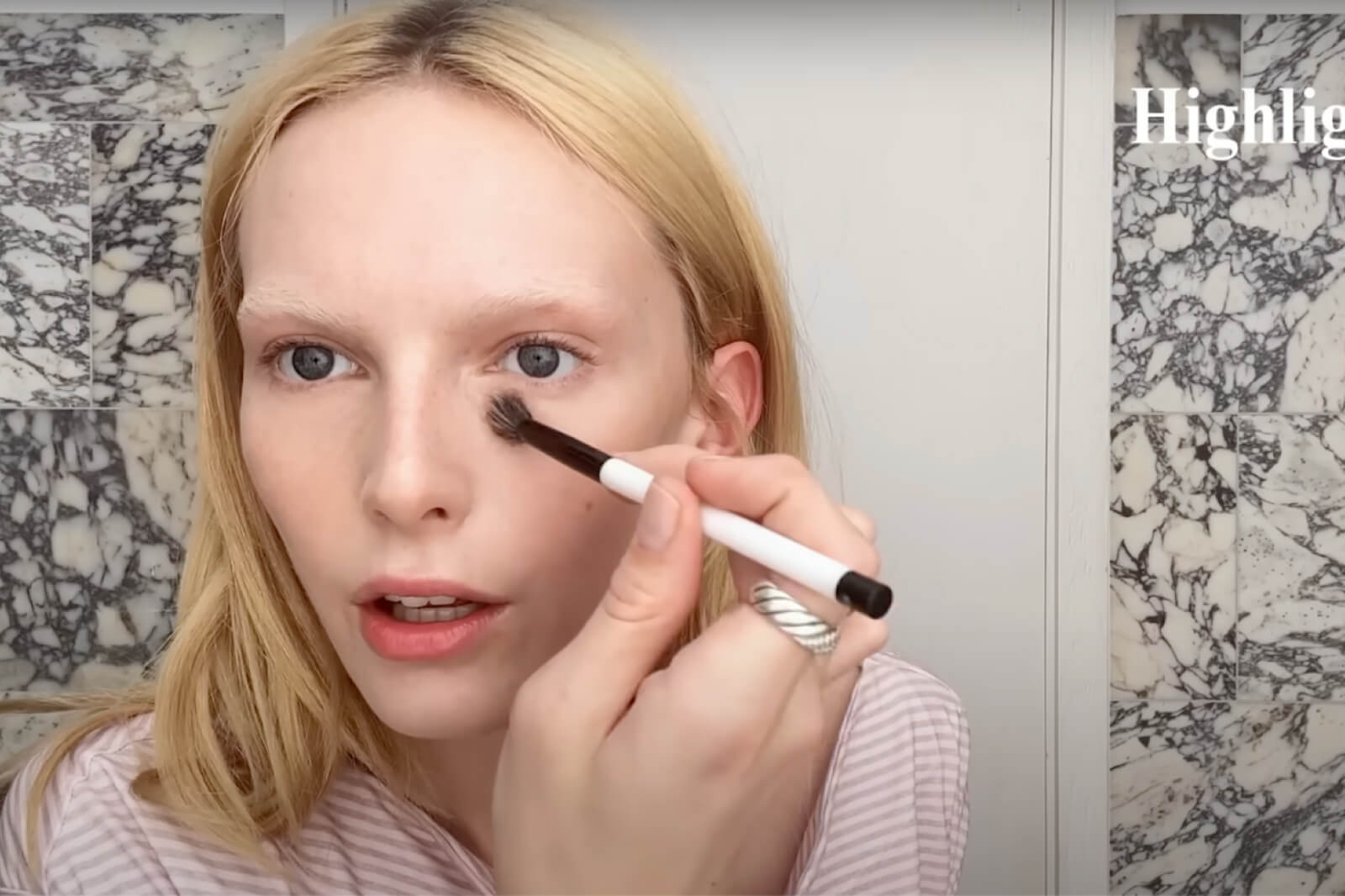Top Stories
Caught In The Lens – Kate Winslet’s Weak Take On Lee Miller
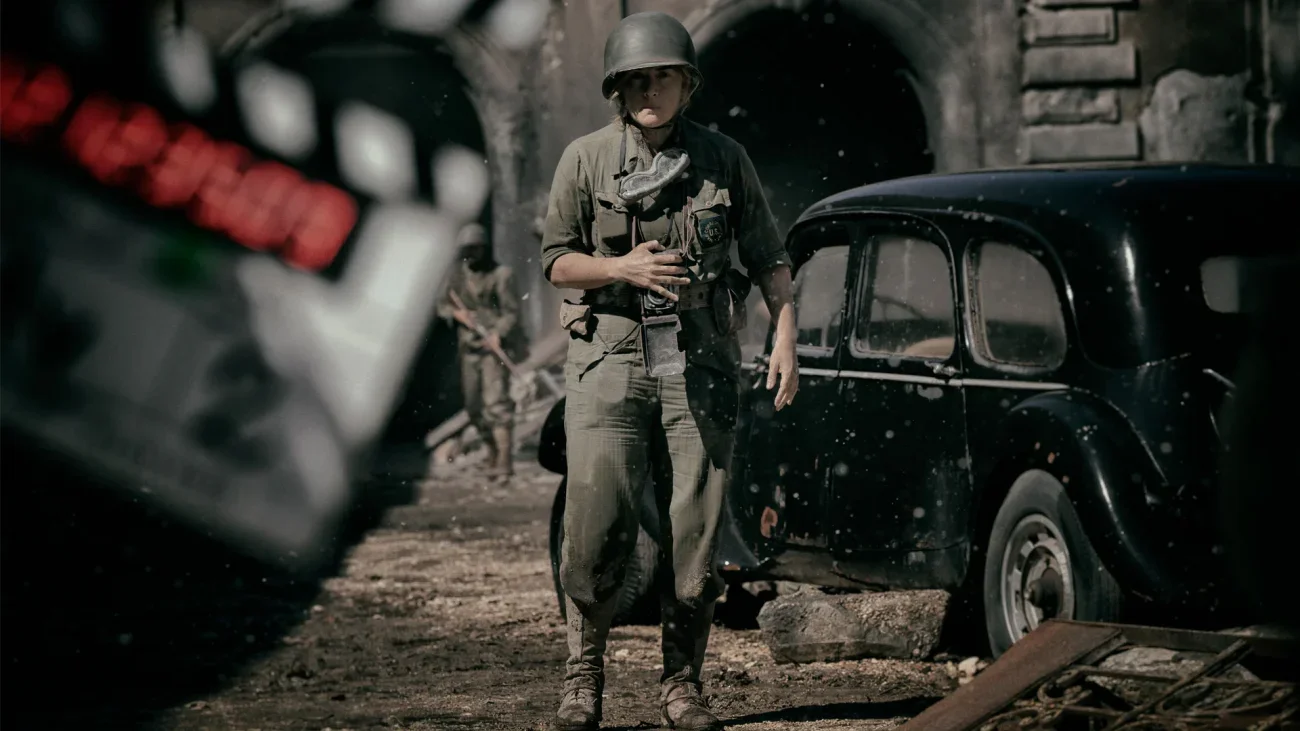
Kate Winslet in LEE (Milk Publicity)
When good intentions triumph over art, one winds up with a film like Lee. It features Kate Winslet as Lee Miller (1907-1977), a model, surrealist muse, and a pioneering fashion, fine art, and war photographer who captured some of the most devastating and damning images of World War II.
Full trailer released for Sky Original film LEE starring Kate Winslet.
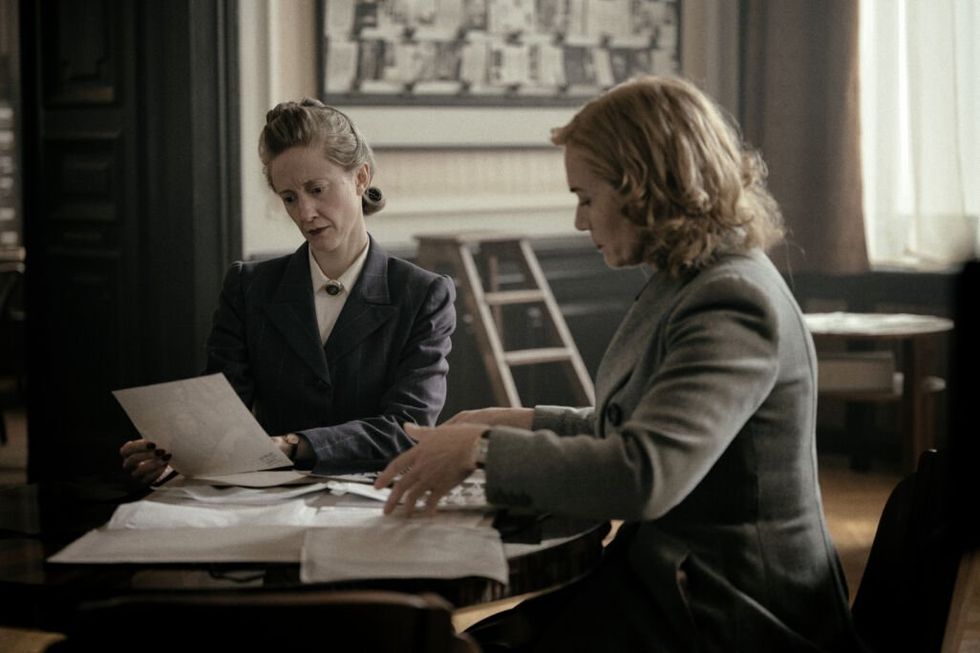
Miller’s was an uneasy – if accomplished – life. Blonde and strikingly beautiful, she was underrated and undervalued according to the sexist behavior and views of her era. And ours. One has the sense that Winslet was compelled to dedicate nine years to a passion project that rescues Miller from history because the actor knows precisely what Miller went through. Winslet’s understanding of Miller’s struggles likely stems from her own experiences with sexism in the film industry – women continue to be underrepresented behind the camera as directors, producers, and in other key creative roles – allowing her to bring insight and empathy to the role.
When she was seven, Lee Miller was raped by an adult friend of the family – who gave her gonorrhea. Lee then endured a painful and shaming treatment for the disease. Later, she ditched an undistinguished academic career for a highly successful stint as a fashion model for American Vogue.
Miller’s ambitions went beyond merely being photographed; she wanted to take the pictures herself. In the late 1920s she traveled to what was then the world’s capital of the arts: Paris. La Ville Lumière still offered easy, inexpensive freedom thanks to the strength of the American dollar and the lax social norms of a city that had seen it all.
Miller was intent on apprenticing with the saturnine expat Man Ray, (Emmanuel Radnitzky – American, 1890–1976) whose photos and paintings had brought him to the attention of the leaders of the Surrealist movement. She became his muse, lover, and collaborator. They often worked so closely together that it’s tough to tell which artist contributed what. Miller’s technical and artistic contributions to Ray’s achievements were only properly attributed long after the fact.
She fell in with the surrealists and adopted their iconography and strategies of fragmenting the human body, tilting the images, and zooming in on details. Miller created radical surrealist images of the nude form as well as the streets of Paris.
After this stint abroad, she enjoyed a successful career as an American photographer and was married to an Egyptian railroad man. When that alliance ended she returned in the late 30s to Paris and marriage to the British painter Roland Penrose brings Miller’s history to the point where the film Lee begins.
However, none of the people or events that molded her life are coherently dealt with in the film. In the role of Duchess Solange d’Ayen – fashion editor of French Vogue – Marion Cotillard’s considerable talents go unused. And I doubt that those who aren’t familiar with pre-war French artistic circles would even recognize Ray and the poet Paul Eluard as characters in the film. Their names are dropped to no effect and make no impact whatsoever. In terms of character portrayal, Lee is simultaneously overheated and undercooked.
Winslet chooses to play Miller in the-artist-as-walking-disaster mode. She goes to great lengths to show us how damaged Miller was by life and by her self-destructive behavior. If Winslet isn’t lighting another unfiltered cigarette, she’s downing another glass of booze before indulging in another tantrum about how badly she and her photographs are being treated. The way Miller’s rape as a child is dramatized is par for the course. The ugly fact of venereal disease is dropped altogether. Perhaps it was simply too much for the filmmakers to address?
Miller comes off as a troublesome, clumsy boor. It’s a brave performance in its way, unflattering and unfettered, but it’s an obvious one. A monotonous one, as well. The viewer soon wearies of Lee Miller. Surely that’s the last thing Winslet wants to accomplish with Lee.
It’s disappointing – a wasted opportunity. In a male-dominated world, Miller was a groundbreaker as a photographer and as a woman. Her work is of intense artistic and historical interest. The World War II photos – of the London Blitz, the liberation of Paris, and Buchenwald and Dachau concentration camps – are as painful and moving as any taken during those horrible years, whether it’s the wounded soldier whose face and hands are swathed in bandages…or the naked corpses piled in boxcars at Buchenwald….or the controversial shot of Miller taking a bath (for the first time in weeks) in Hitler’s tub after she’d wiped the mud from Dachau off her boots on his white-white bath mat.
Winslet and her artistic compatriots are to be applauded for choosing to make a film about Lee Miller. I wish, though, the film had been a less fractured and simplistic look at a fascinating, powerful, and – yes – troubled woman.
Visit the Lee Miller Archive at leemiller.co.uk to view her photographs, papers, and ephemera.
And visit her homeplace at Farley Farmhouse – Muddles Green, Chiddingly, East Sussex.



